The advent of artificial intelligence (A.I.) has transformed industries across the globe, bringing forth a paradigm shift in technological advancements and applications.
However, this proliferation of A.I. also presents unprecedented challenges to organisations as they strive to protect their digital assets from cybersecurity threats. As a result, enterprises need to understand the evolving landscape of risks and opportunities associated with embracing these technologies.
But what does this mean for the future of cybersecurity? Will A.I. be our saviour or our downfall?
This article delves into the intricacies surrounding the ongoing battle between AI-driven cybersecurity solutions and malicious actors employing AI-based attacks.
The Current State Of A.I. In Cybersecurity
The current state of A.I. in cybersecurity is both exciting and concerning1.
Numerous organisations are currently utilising A.I. to examine vast quantities of information and detect potential risks in actual time. Besides, A.I. can mechanise cybersecurity responsibilities, lessening the burden on human analysts and enabling them to concentrate on more intricate problems.
These advancements significantly transform how organisations and professionals approach threat detection, prevention, and response strategies, as they seek to adapt to an ever-evolving landscape marked with sophisticated attacks and vulnerabilities.
However, as A.I. becomes more advanced, cybercriminals also use it to create more sophisticated attacks. For example, A.I. can be used to generate convincing phishing emails or create fake social media profiles to gain access to sensitive information.
In addition, A.I.-driven attacks can be challenging to detect and mitigate as they often mimic legitimate activities, making them harder to distinguish from normal user behaviour.
Nevertheless, this nascent field continues to garner significant public and private interest as they strive to leverage these innovations to bolster their overall security posture.
The Dark Side Of A.I.: Cybersecurity Threats
As A.I. technologies continue to advance and permeate various industries, malicious actors also leverage these advancements to devise more sophisticated cyberattacks.
One primary concern is the use of A.I. for phishing attacks. Cybercriminals can use A.I. to create highly personalised and convincing phishing emails, making it more likely that a victim will fall for the scam. A.I. can also be used to create deepfake videos and voices that can be used for social engineering attacks, where the attacker impersonates someone the victim trusts.
In a notable 2019 case2, criminals employed artificial intelligence-based software to impersonate the voice of a German chief executive, fooling the CEO of a UK-based energy firm into transferring €220,000 (RM1.1 million) to a fraudulent account. The attackers successfully mimicked the German executive’s voice, exploiting the urgency of the request and the UK CEO’s familiarity with his boss’s accent and voice melody.
Another concern is the use of A.I. for automated hacking. A.I. can be used to scan networks and systems for vulnerabilities and then exploit them without human intervention. One example is the NotPetya attack of 20183, where a cybercriminal used A.I. to spread ransomware across thousands of computers in minutes with an A.I.-powered algorithm.
These threats pose significant challenges for organisations as they render traditional security measures insufficient to detect and mitigate such attacks effectively.

The Bright Side Of A.I.: Cybersecurity Opportunities
While A.I. may be seen as a potential threat to cybersecurity, it also presents opportunities4 for enhanced security measures.
With the increasing amount of data being generated and the sophistication of cyber threats, A.I. can help identify potential attacks and vulnerabilities faster and more accurately than human analysts.
AI-driven innovations have demonstrated significant potential for enhancing security measures by automating threat detection and response processes, designing adaptive and resilient systems, and revolutionising encryption techniques and secure communication channels.
The projected growth of the market for AI-based cybersecurity products is significant, with an estimated increase from $14.9 billion (RM67 billion) in 2021 to $133.8 billion (RM601.9 billion) by 2030, according to a July 2022 report by Acumen Research and Consulting5.
Furthermore, A.I. can be used to develop predictive models6 that can anticipate future threats based on past data. This can help organisations stay ahead of the curve and proactively address potential vulnerabilities.
With this transformative power comes an immense opportunity for organisations to not only defend against cyber threats but also proactively prevent them from occurring in the first place.

Ethical Considerations In A.I.-Driven Cybersecurity
As with any technology, there are ethical considerations7 that must be taken into account.
One of the primary ethical issues surrounding A.I.-driven cybersecurity is privacy. As A.I. algorithms gather and analyse vast amounts of data, there’s a risk that personal information could be accessed or misused. However, striking an appropriate balance between privacy and security remains a challenge.
Another ethical consideration is the potential for A.I. algorithms to be biased. For example, if the data used to train an A.I. system is biased, the system will likely generate biased results. This could have severe consequences in the field of cybersecurity, as biased algorithms may fail to detect certain types of threats or falsely flag certain individuals or groups as potential threats.
Key among these concerns is the potential for AI-driven security systems to perpetuate or exacerbate existing biases and inequalities, which may lead to unfair treatment of individuals or groups based on race, gender, or socioeconomic status.
Preparing For The A.I.-Powered Cybersecurity Future
Invest in A.I.-powered Cybersecurity Solutions
One way to prepare is to invest in A.I.-powered cybersecurity solutions that can detect and respond to threats in real time. These solutions use machine learning algorithms to analyse vast amounts of data and identify patterns that indicate a potential attack.
They can also adapt to new threats and evolve their defences to stay one step ahead of cybercriminals.
Establish a Conducive Environment for Cybersecurity Innovation Using A.I.
Preparing for the A.I.-powered cybersecurity future necessitates a comprehensive approach that addresses various aspects of this evolving domain.
To successfully navigate this complex landscape, policymakers should work closely with AI researchers and cybersecurity experts to create an environment conducive to innovation while ensuring ethical considerations are at the forefront of these advancements.
Establish Strong Cybersecurity Culture
This means creating a culture where cybersecurity is everyone’s responsibility, from the CEO down to the front-line employees.
By fostering a culture of awareness and vigilance, you can minimise the risk of a successful cyber attack and protect your organisation’s sensitive data.

Prioritise Employee Training & Education
Another critical strategy is to prioritise employee training and education. With new cyber threats emerging daily, keeping employees informed and educated on the latest security threats and best practices is crucial.
This includes training on how to identify phishing emails, how to secure sensitive data, and how to use secure passwords.
At Grayscale, we believe strongly in the power of A.I.-driven cybersecurity solutions to protect and defend against cyber threats while also upholding ethical considerations.
Reach out to us at enquiries@grayscale.my so we can help you navigate the future of A.I.-powered cybersecurity.




